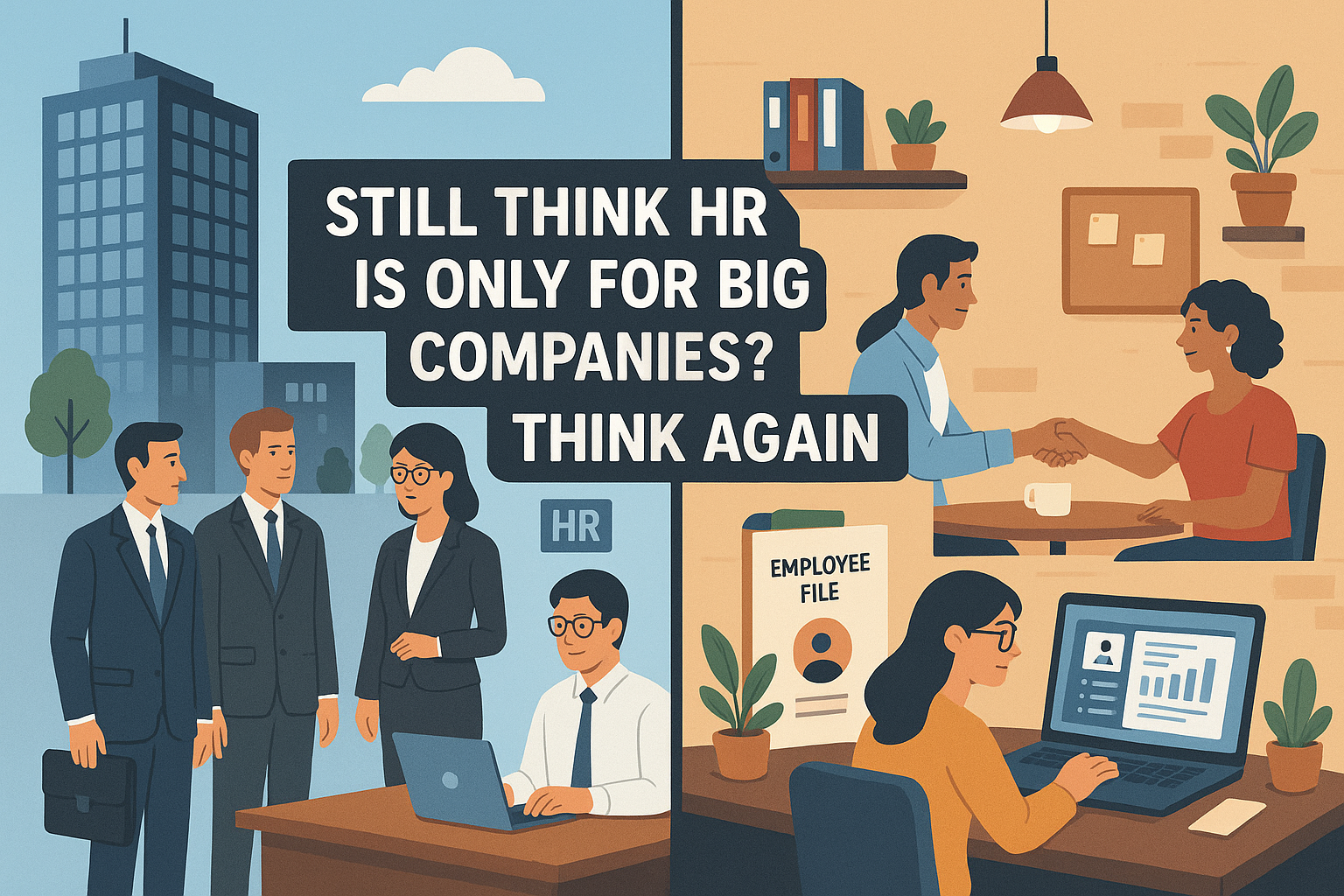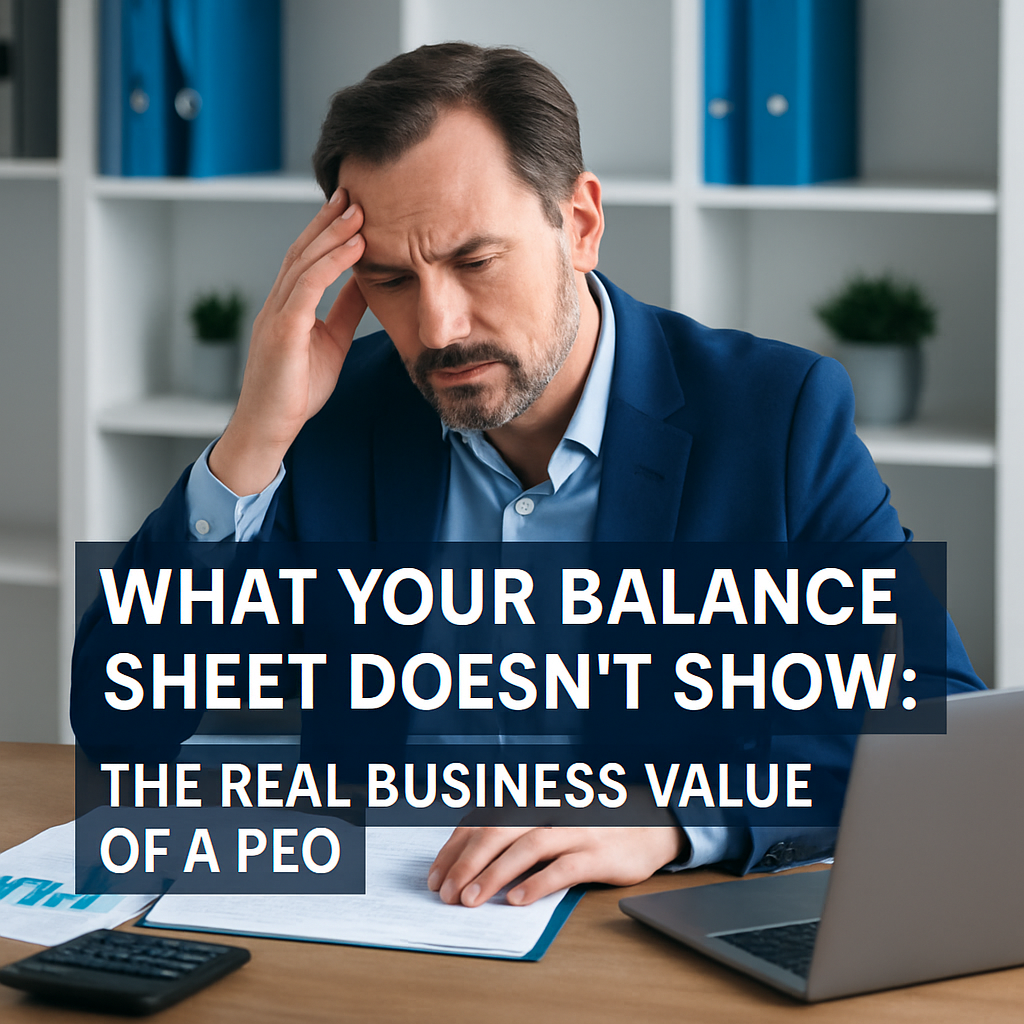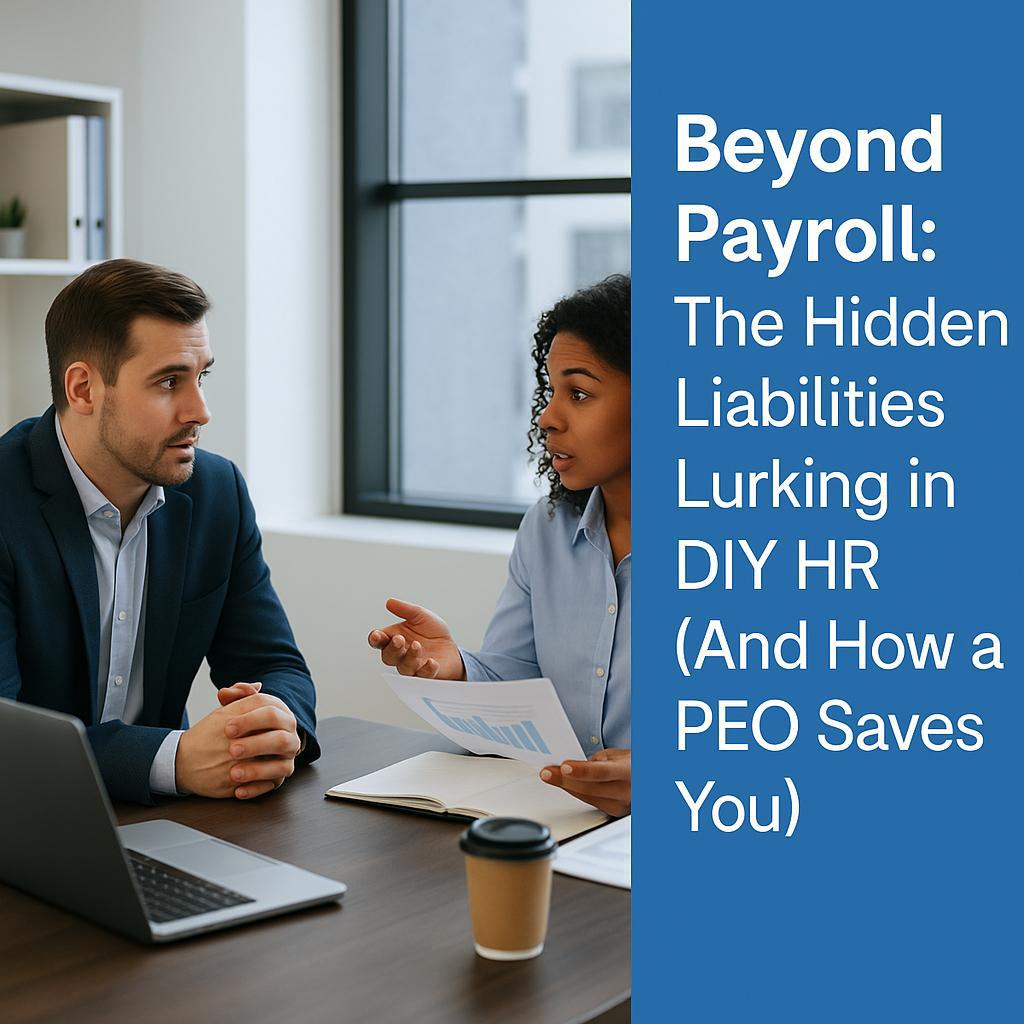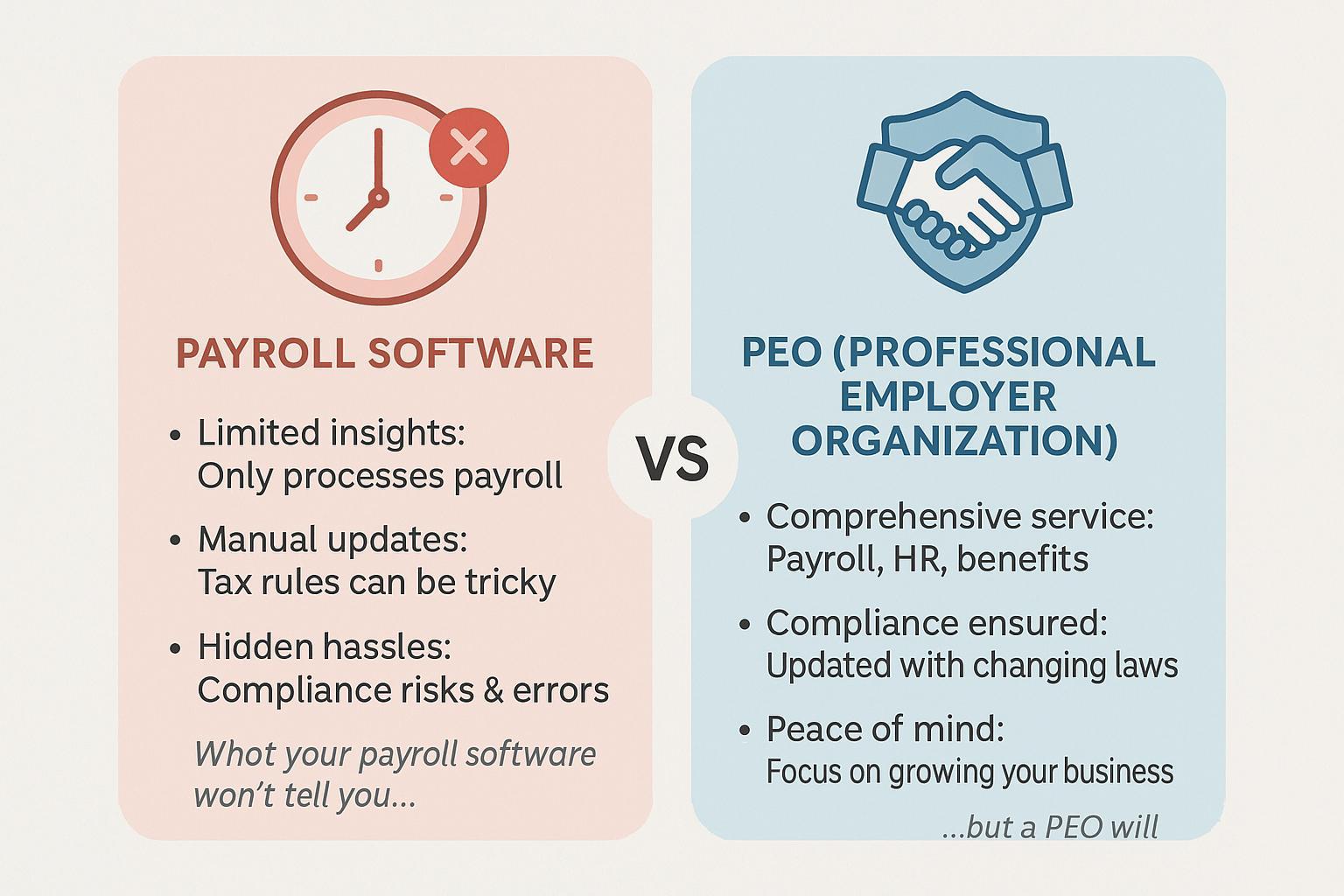[et_pb_section fb_built=”1″ _builder_version=”4.9.3″ _module_preset=”default”][et_pb_row _builder_version=”4.9.3″ _module_preset=”default”][et_pb_column _builder_version=”4.9.3″ _module_preset=”default” type=”4_4″][et_pb_text _builder_version=”4.9.3″ _module_preset=”default” hover_enabled=”0″ sticky_enabled=”0″]
Do you have a strategy yet to achieve your business goals within a set timeframe?
Well, a strategic plan acts as a business pillar that helps you overcome challenges and grab amazing opportunities without hiccups.
Whether you are a business owner or a manager, you need an organization strategy for resource allocation, defining your goals and mission, as well as encouraging innovation.
Find out how solid strategic planning can improve your business outcome and its role in your team’s success.
Importance of Strategic Planning in Your Organization
Here are five key reasons why strategic planning is important for business success:
Setting Clear Objectives
Strategic planning helps a business define its long-term goals and objectives. By carefully analyzing its current position and market trends, your company can determine where it wants to be in the future and outline the steps needed to get there.
When dealing with day-to-day pressure such as meeting challenging client demands, meeting deadlines, and carrying out marketing activities, an organization may lose its prime vision and mission.
Thus, setting clear objectives provides direction and focus, ensuring everyone in the organization is working towards the same goals.
Resource Allocation
Strategic planning allows businesses to allocate their resources—whether it is financial, human, or technological—effectively. By identifying the top priorities and potential opportunities, you can allocate your internal resources in a way that maximises impact.
This way, you can also identify your internal capabilities and take necessary measures (such as hiring new talents or investing in new technologies) according to the company’s strengths and weaknesses.
Proper resource management is crucial for any organization to function smoothly and boost its competitive edge in the market.
Improved Business Agility
In order to have a competitive edge over competitors, businesses should be capable of responding to rapid market changes with innovative solutions.
Strategic planning enables businesses to anticipate changes in the market, industry, or competitive landscape and adjust their strategies accordingly.
This may include regularly reviewing and updating business strategic plans, taking inputs from internal and external stakeholders, etc. Innovation is a major step towards success, and to achieve it you need to have a proper plan and execution.
Competitive Advantage
As stated in the earlier point, strategic planning helps businesses gain a competitive advantage in the marketplace.
By understanding their strengths, weaknesses, opportunities, and threats (SWOT analysis), your organization can develop strategies that leverage your strengths and exploit opportunities while mitigating weaknesses and threats.
This allows businesses to differentiate themselves from competitors and position themselves more effectively in the minds of customers.
Improved Motivation and Productivity
With the sense of direction and purpose that comes with strategy, it is easier to keep your employees motivated and engaged.
When they understand the company’s long-term goals and how their individual roles contribute to those goals, they are more likely to feel invested in the success of the business.
For example, a retail company might involve frontline employees in strategic planning discussions about improving customer experience, empowering them to suggest innovative ideas and solutions. By fostering a culture of collaboration and empowerment through strategic planning, businesses can boost employee morale and retention, leading to a more motivated and productive workforce
Long-Term Sustainability
Strategic planning fosters long-term sustainability by encouraging a focus on the future rather than short-term gains. By investing in initiatives that support their long-term objectives, businesses can build a solid foundation for future growth and success.
This may include investments in research and development, innovation, employee training and development, or sustainability initiatives.
Strategic planning helps businesses balance short-term profitability with long-term sustainability, ensuring their continued success in the years to come.
Attracting Potential Investors and Enhancing Company Image
Investors are more likely to be attracted to businesses that have a clear and well-defined strategic plan in place.
A robust strategic plan demonstrates that your company has a clear vision for the future and a roadmap for achieving its goals, which can instil confidence in investors about its potential for growth and profitability.
Additionally, it enhances a company’s image in the marketplace by indicating its commitment to long-term success, and responsible business practices.
This can help attract customers, partners, and top talent who want to be associated with a forward-thinking and well-managed organization.
Final Words
So, to sum up, strategic planning is essential for business success in multiple ways. This includes setting clear objectives, allocating resources effectively, adapt to change innovatively, gaining a competitive advantage, and more. Are you ready to take a proactive and strategic approach to planning?
Then get in touch with us for a flawless human resource and payroll services and reach your strategic goals effectively. Also, check out our blog section to find more related articles.
Reference Links
https://www.marketing91.com/the-importance-of-strategic-planning/
https://strengthscape.com/process-importance-of-strategic-planning/
https://www.clearpointstrategy.com/blog/the-benefits-of-strategic-planning
https://profiletree.com/the-impact-of-business-planning-statistics/#:~:text=Businesses%20with%20 written%20business%20 plans,long%2Dterm%20success%20for%20businesses.
[/et_pb_text][/et_pb_column][/et_pb_row][/et_pb_section][et_pb_section fb_built=”1″ admin_label=”Contact” _builder_version=”3.22″ background_color=”#012780″ use_background_color_gradient=”on” background_color_gradient_start=”#012780″ background_color_gradient_end=”rgba(1,39,128,0)” background_color_gradient_end_position=”60%” background_color_gradient_overlays_image=”on” background_image=”https://wordpress.fortunebizconsulting.com/wp-content/uploads/2020/03/insurance-01.png” background_size=”initial” custom_padding=”54px|0px|120px|0px|false|false”][et_pb_row module_id=”contact_form” _builder_version=”4.4.4″ background_color=”#ffffff” custom_margin=”80px|||” custom_padding=”80px|6%|80px|6%|true|true” animation_style=”zoom” animation_intensity_zoom=”-5%” animation_speed_curve=”ease-in” border_radii=”on|10px|10px|10px|10px” box_shadow_style=”preset1″ box_shadow_vertical=”40px” box_shadow_blur=”80px” box_shadow_color=”rgba(55,104,238,0.15)”][et_pb_column type=”4_4″ _builder_version=”3.25″ custom_padding=”|||” custom_padding__hover=”|||”][et_pb_text _builder_version=”4.4.4″ text_font=”Montserrat|300|||||||” text_font_size=”16px” text_line_height=”2em” header_font=”||||||||” header_2_font=”||||||||” header_2_font_size=”36px” header_2_line_height=”1.4em” text_orientation=”center” max_width=”700px” module_alignment=”center” custom_margin=”||60px|” header_2_font_size_tablet=”30px” header_2_font_size_phone=”24px” header_2_font_size_last_edited=”on|phone” locked=”off”]
Contact Us
Find out if a PEO is the right solution for your business.
Fill out the form below and we will contact you to schedule a chat.
[/et_pb_text][et_pb_contact_form use_spam_service=”on” recaptcha_list=”Default-0″ recaptcha_min_score=”0.7″ email=”stephanie@fortunebizconsulting.com” custom_message=”New Form Submission!||et_pb_line_break_holder||||et_pb_line_break_holder||First Name: %%FirstName%%||et_pb_line_break_holder||Last Name: %%LastName%%||et_pb_line_break_holder||Company Name: %%CompanyName%%||et_pb_line_break_holder||Company Email: %%CompanyEmail%%||et_pb_line_break_holder||Phone: %%Phone%%||et_pb_line_break_holder||Message: %%Message%%” module_id=”et_pb_contact_form_0″ _builder_version=”4.4.4″ form_field_background_color=”rgba(0,0,0,0)” form_field_font=”Lato||||||||” custom_button=”on” button_text_size=”14px” button_text_color=”#ffffff” button_bg_color=”#003bde” button_border_width=”10px” button_border_color=”rgba(0,0,0,0)” button_border_radius=”4px” button_letter_spacing=”1px” button_font=”Montserrat|||on|||||” border_radii=”on|6px|6px|6px|6px” border_width_all=”2px” border_color_all=”rgba(51,51,51,0.06)” form_background_color=”rgba(0,0,0,0)” button_bg_color_hover=”#0053ef” button_border_radius_hover=”4px” button_letter_spacing_hover=”1px”][et_pb_contact_field field_id=”FirstName” field_title=”First Name*” min_length=”2″ _builder_version=”4.4.4″][/et_pb_contact_field][et_pb_contact_field field_id=”LastName” field_title=”Last Name*” min_length=”2″ _builder_version=”4.4.4″ button_text_size__hover_enabled=”off” button_one_text_size__hover_enabled=”off” button_two_text_size__hover_enabled=”off” button_text_color__hover_enabled=”off” button_one_text_color__hover_enabled=”off” button_two_text_color__hover_enabled=”off” button_border_width__hover_enabled=”off” button_one_border_width__hover_enabled=”off” button_two_border_width__hover_enabled=”off” button_border_color__hover_enabled=”off” button_one_border_color__hover_enabled=”off” button_two_border_color__hover_enabled=”off” button_border_radius__hover_enabled=”off” button_one_border_radius__hover_enabled=”off” button_two_border_radius__hover_enabled=”off” button_letter_spacing__hover_enabled=”off” button_one_letter_spacing__hover_enabled=”off” button_two_letter_spacing__hover_enabled=”off” button_bg_color__hover_enabled=”off” button_one_bg_color__hover_enabled=”off” button_two_bg_color__hover_enabled=”off”][/et_pb_contact_field][et_pb_contact_field field_id=”CompanyName” field_title=”Company Name*” min_length=”2″ _builder_version=”4.4.4″][/et_pb_contact_field][et_pb_contact_field field_id=”CompanyEmail” field_title=”Company Email*” field_type=”email” _builder_version=”4.4.4″ button_text_size__hover_enabled=”off” button_one_text_size__hover_enabled=”off” button_two_text_size__hover_enabled=”off” button_text_color__hover_enabled=”off” button_one_text_color__hover_enabled=”off” button_two_text_color__hover_enabled=”off” button_border_width__hover_enabled=”off” button_one_border_width__hover_enabled=”off” button_two_border_width__hover_enabled=”off” button_border_color__hover_enabled=”off” button_one_border_color__hover_enabled=”off” button_two_border_color__hover_enabled=”off” button_border_radius__hover_enabled=”off” button_one_border_radius__hover_enabled=”off” button_two_border_radius__hover_enabled=”off” button_letter_spacing__hover_enabled=”off” button_one_letter_spacing__hover_enabled=”off” button_two_letter_spacing__hover_enabled=”off” button_bg_color__hover_enabled=”off” button_one_bg_color__hover_enabled=”off” button_two_bg_color__hover_enabled=”off”][/et_pb_contact_field][et_pb_contact_field field_id=”Phone” field_title=”Phone*” allowed_symbols=”numbers” _builder_version=”4.4.4″][/et_pb_contact_field][et_pb_contact_field field_id=”Employees” field_title=”Number of employees*” allowed_symbols=”numbers” _builder_version=”4.4.4″][/et_pb_contact_field][/et_pb_contact_form][/et_pb_column][/et_pb_row][/et_pb_section]









